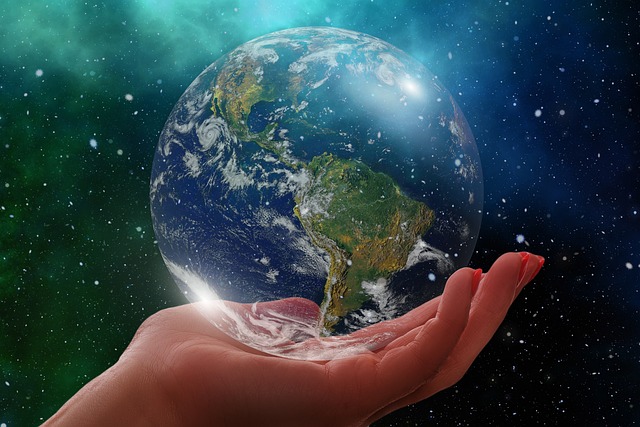Tag: South America
-
Rio de Janeiro Facts for Kids | The Marvelous City
Simply known as Rio, it is the second most populous city of Brazil. Rio de Janeiro is also the name of a Brazilian state and its capital city is of the same name. It is a very important city of Brazil where major companies of telecommunications, oil and mining have their central offices located. It…
Written by
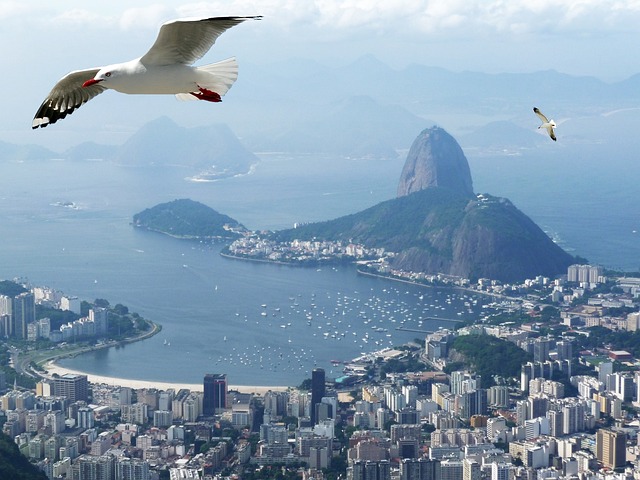
-
Colombia Facts for Kids | Paradise of Flora and Fauna
Located at the southwest region of South America, Colombia hosts people from all over the world and thus, the diversity of cultural heritage is the hallmark of this country. It is also home to one of the most diversified species of flora and fauna in the world. Almost 300,000 species of invertebrates are found in…
Written by
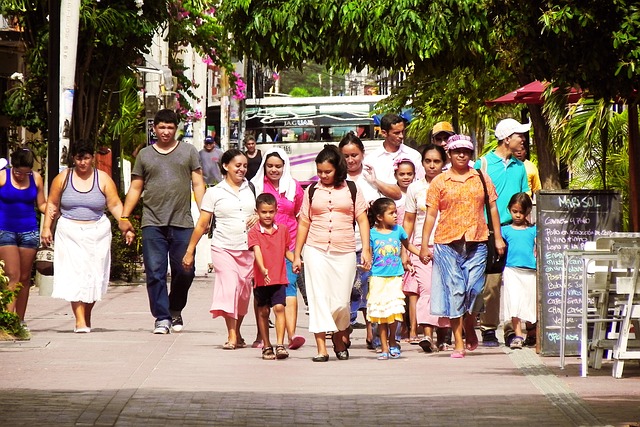
-
Argentina Facts for Kids | Second Largest South American Country
Argentina is among one of the most economically stable countries of Latin America. During the early part of the 20th century, Argentina was also one of the world’s wealthiest economies. Since it lies in South America, the Spanish language is the widely spoken language here. The Spanish came to Argentina in the early years of…
Written by
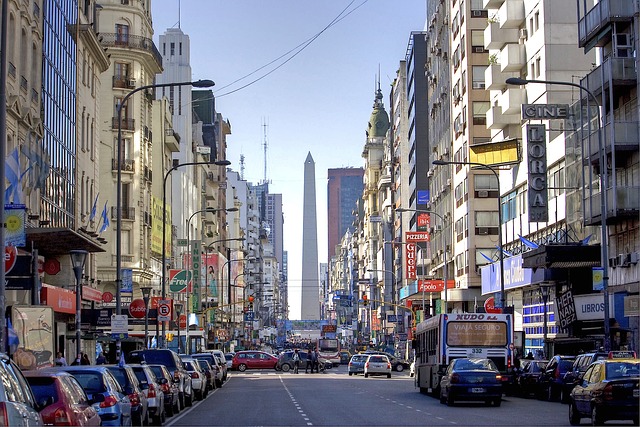
-
Chile Facts for Kids | Largest Producer of Copper
It is a country in South America. It lies between the Pacific Ocean and the Andes mountains. According to Chile, almost 1,250,000 square kilometers of region in Antarctica is also part of Chile. In the South, there are many forests and farmlands. In the North lies the driest desert of the world called Atacama Desert.…
Written by
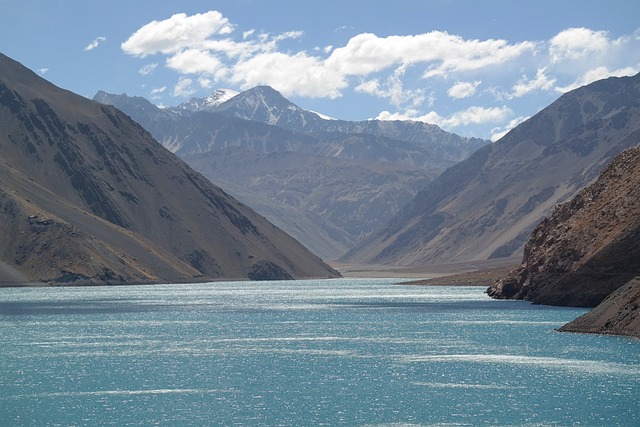
-
South America Facts For Kids
South America is the world’s fourth largest continent by area. It has the world’s largest rivers and rainforests and the continent offers a wide variety of deserts from the world’s wettest to the driest regions. The continent is situated at the south of Panama and Central America. It is often referred to as the subcontinent…
Written by
